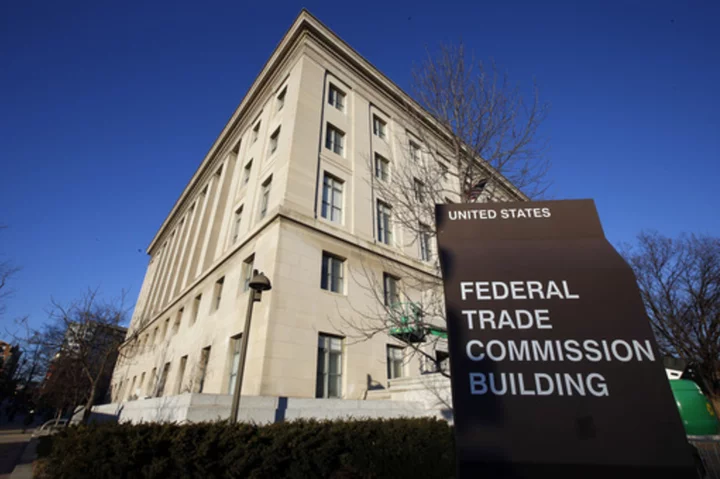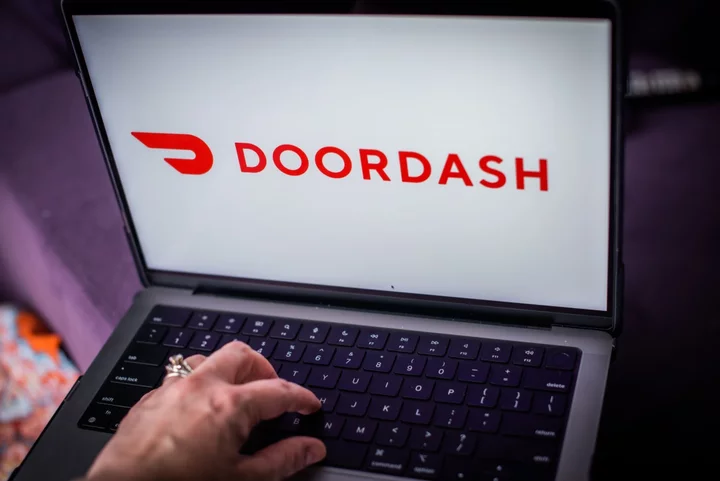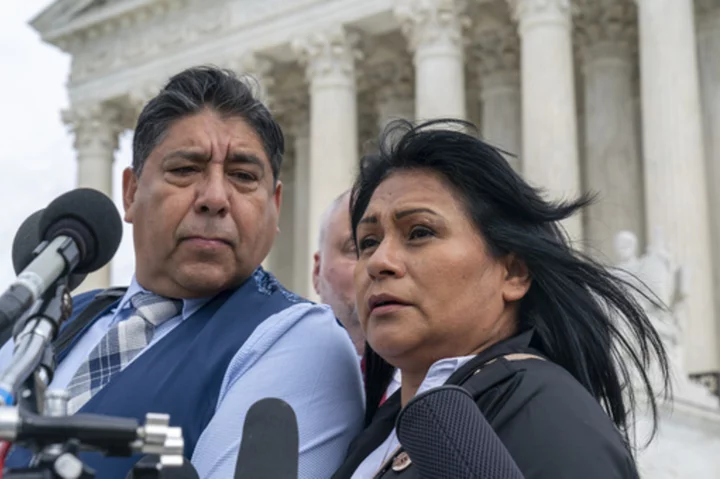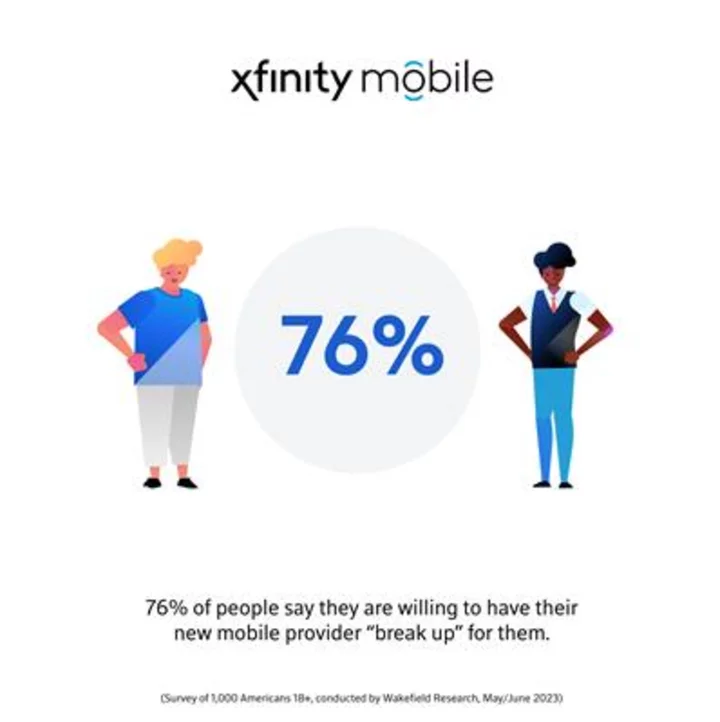Under a new proposal intended to protect students, nearly two-thirds of cosmetology certificate programs at for-profit colleges would would risk losing federal funding. So would over a third of such programs in massage therapy and dental support services.
Overall, 22% of programs at for-profit schools would face a federal crackdown, according to an Associated Press analysis of data released by the U.S. Education Department.
The rules proposed Wednesday by the Biden administration aim to punish programs that leave graduates underpaid or buried in loans.
Borrower advocates say the findings reflect the realities of higher education — that for-profit colleges are more likely to leave graduates with lower incomes, heavier debt and an increased risk of defaulting on their student loans. When the Obama administration proposed an earlier version of the rule in 2014, it also found that the vast majority of failing programs were at for-profit colleges.
Cosmetology and health care have long been money makers for for-profit colleges, but offer little return for graduates, said Robert Shireman, director of higher education for the Century Foundation and a former Obama official who created an earlier version of the rule, known as gainful employment.
“People tend to think that going into healthcare means you’re going to make good money. It’s true if you’re a nurse or a doctor but there are a lot of low paying jobs in healthcare,” Shireman said. He said “it does not make sense” for students to use federal loans at cosmetology schools, which he said are better funded through job training systems.
The new rules, which would take effect no sooner than July 2024, apply only to for-profit colleges and to non-degree programs at traditional universities. They would assess programs based on whether graduates carry heavy student debt compared to their earnings and whether graduates earn more than adults with only a high school diploma.
Programs that come up short in two out of three years would be cut off from federal aid, devastating schools that rely on students who use federal financial aid to pay for tuition.
The Education Department says the rule would help an estimated 700,000 students who would otherwise enroll at one of nearly 1,800 low-performing programs.
For-profit colleges argue that the proposal is skewed against them. They note that the vast majority of programs at nonprofit colleges are so small that the department doesn’t include them in its calculations, making it impossible to know how many would pass the test.
“This law continues to target for-profit institutions and programs, while at the same time, the methodology is one that lets the vast majority of even poor performing public institutions off the hook,” said Nicholas Kent, chief policy officer at Career Education Colleges and Universities, an industry trade group.
A trade group for cosmetology schools said the department is using flawed data that doesn’t factor in a well-known problem in the industry — the underreporting of income to the IRS.
“Anyone who has gone to a cosmetologist, gone to get a haircut, you know what these individuals make, you pay the bill,” said Cecil Kidd, executive director of the American Association of Cosmetology Schools.
Industry studies have put average incomes at close to $54,000, he said.
“They're eliminating what we believe is a great pathway to prosperity,” he said.
If the proposed rules did apply to all types of degrees, fewer than 2% of private nonprofit programs would fail, according to the data analysis.
The data released by the U.S. Education Department shows which programs would have failed if the rules were in place in 2019. It does not necessarily represent all programs that would lose funding, as programs would need to fail two out of three years before their students lost access to federal aid.
The Obama-era version of the rule was rescinded by the Trump administration before it took full effect. Still, it spurred some programs to shut down or lower costs to improve outcomes for students. Advocates hope the new proposal will have the same effect.
“I think this will go a long way to bring accountability to the sector,” said Aaron Ament, president and cofounder of Student Defense, and a former education official for the Obama administration. “I think you may see some of the worst performing and more predatory programs close. But what I think the hope is, is that these programs will improve.”
___
The Associated Press education team receives support from the Carnegie Corporation of New York. The AP is solely responsible for all content.









